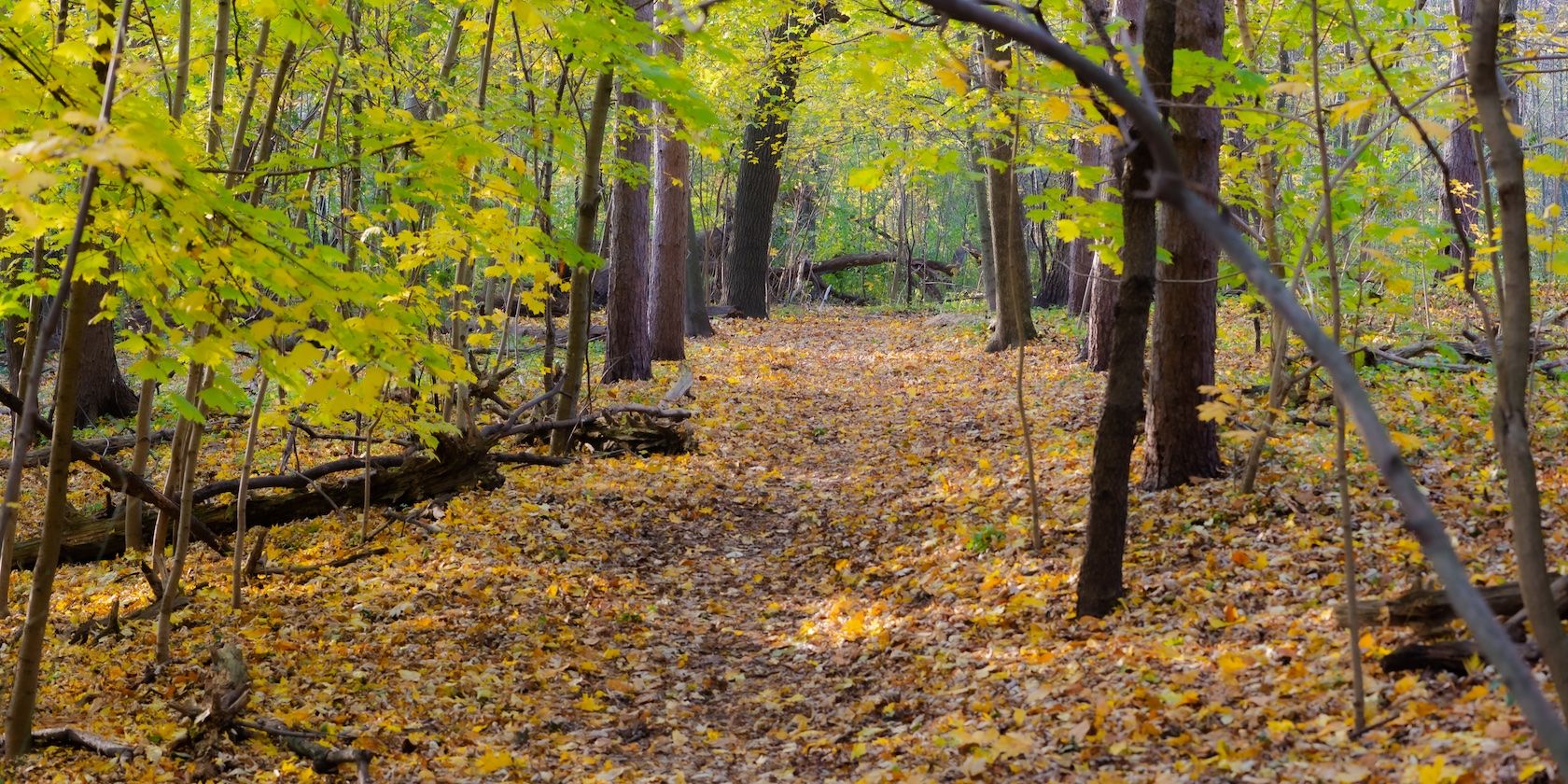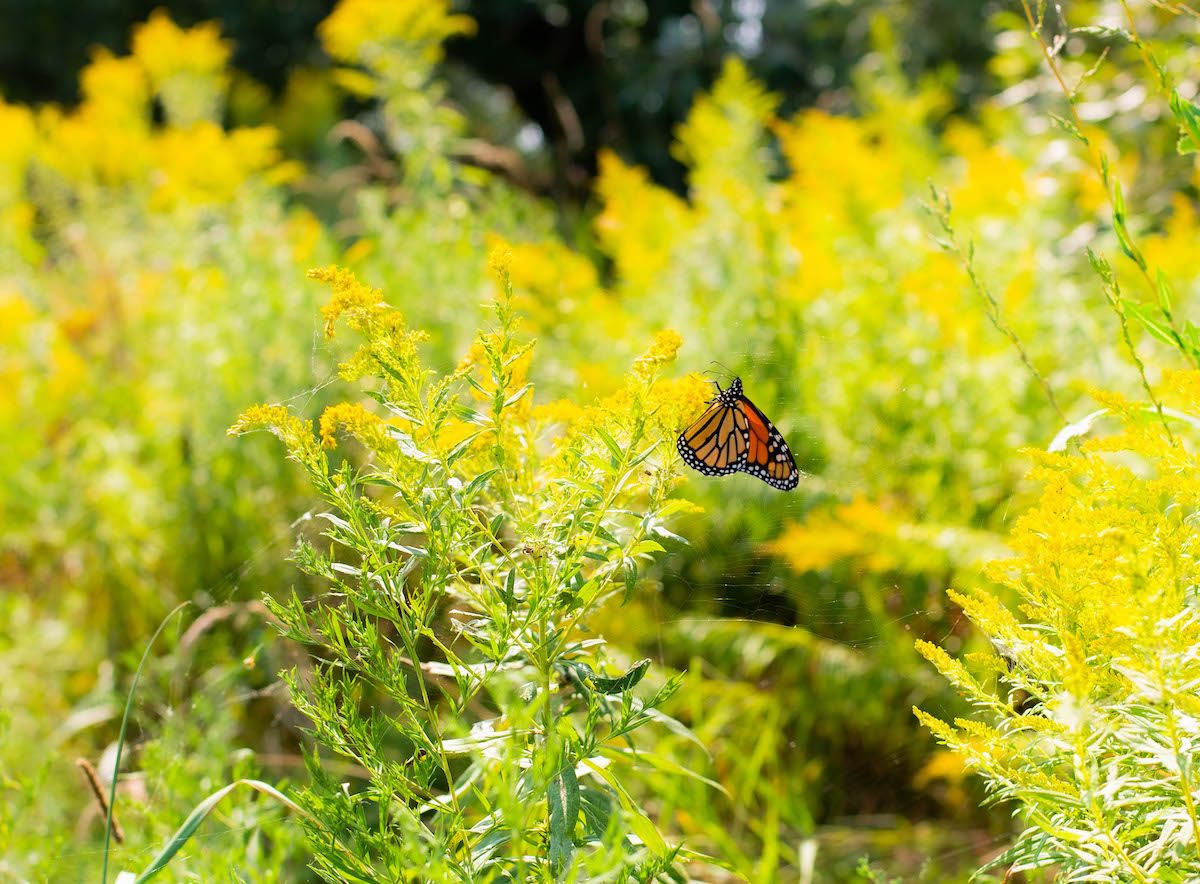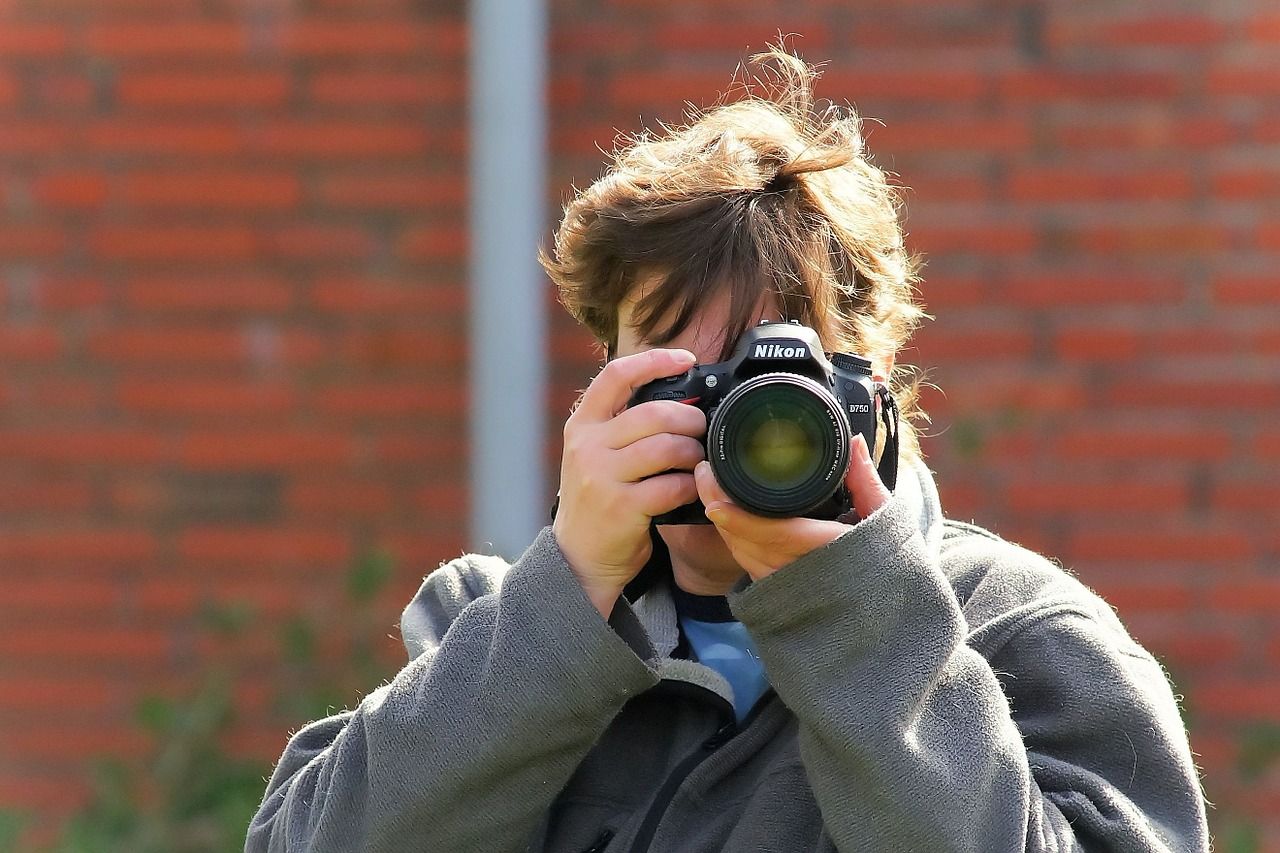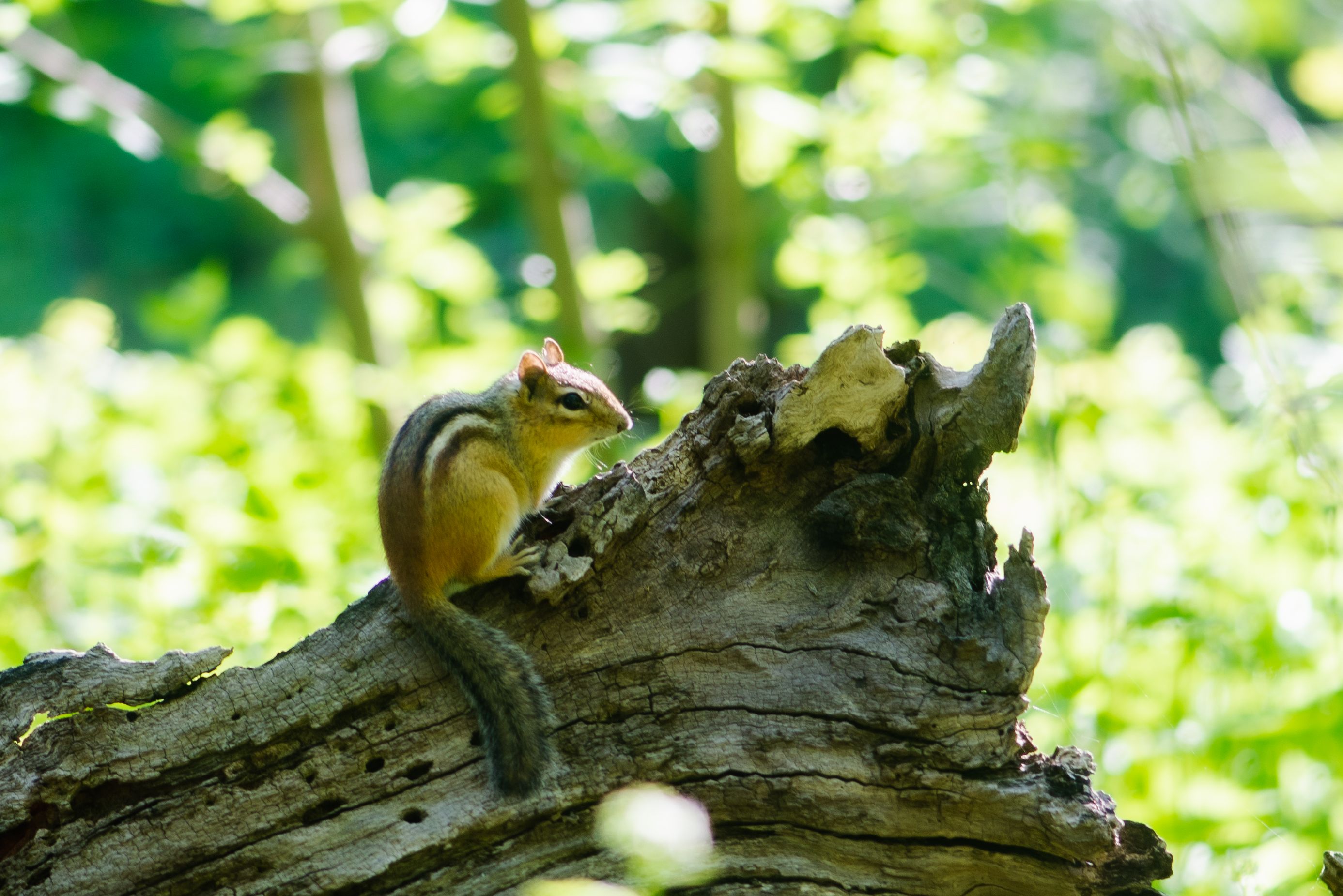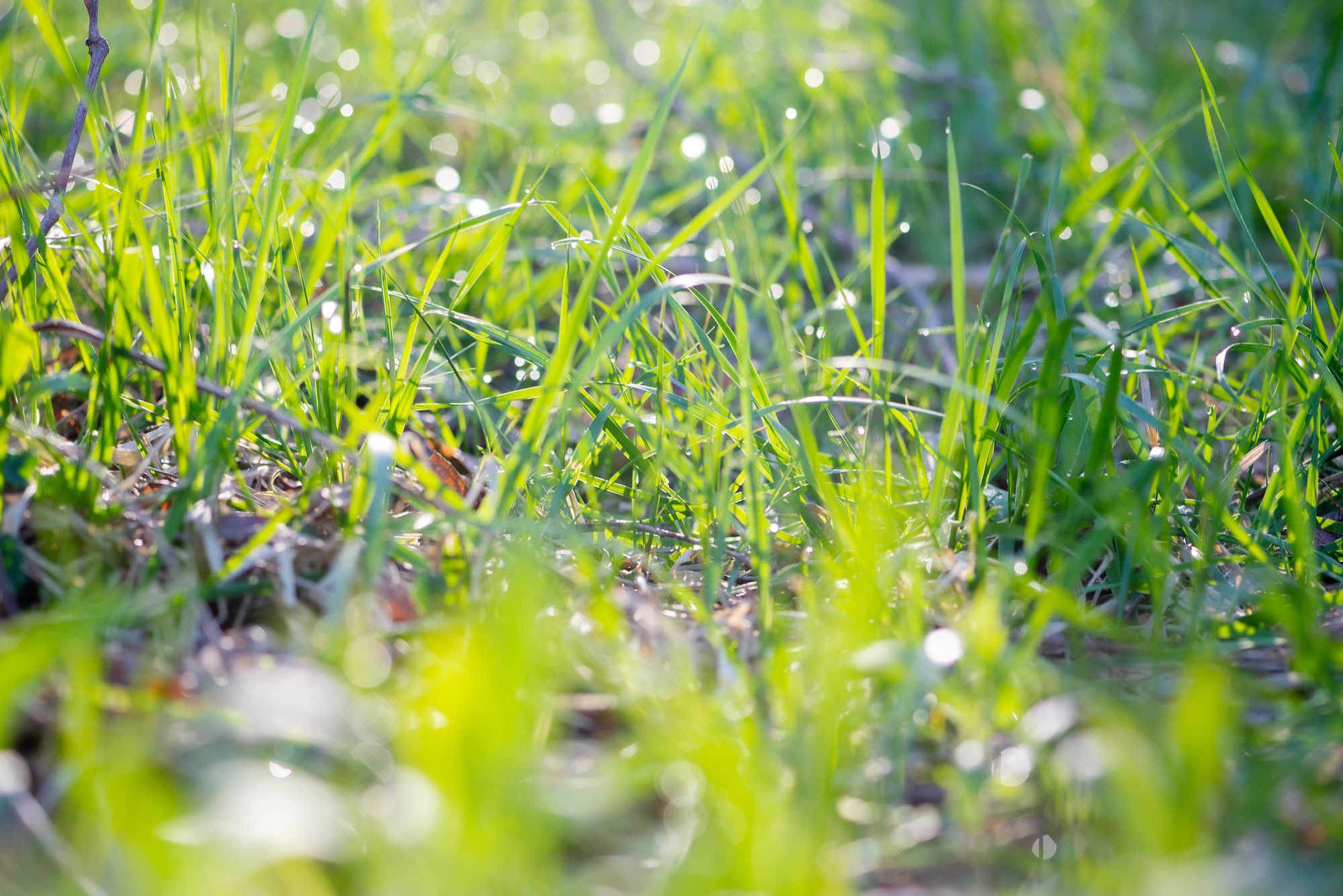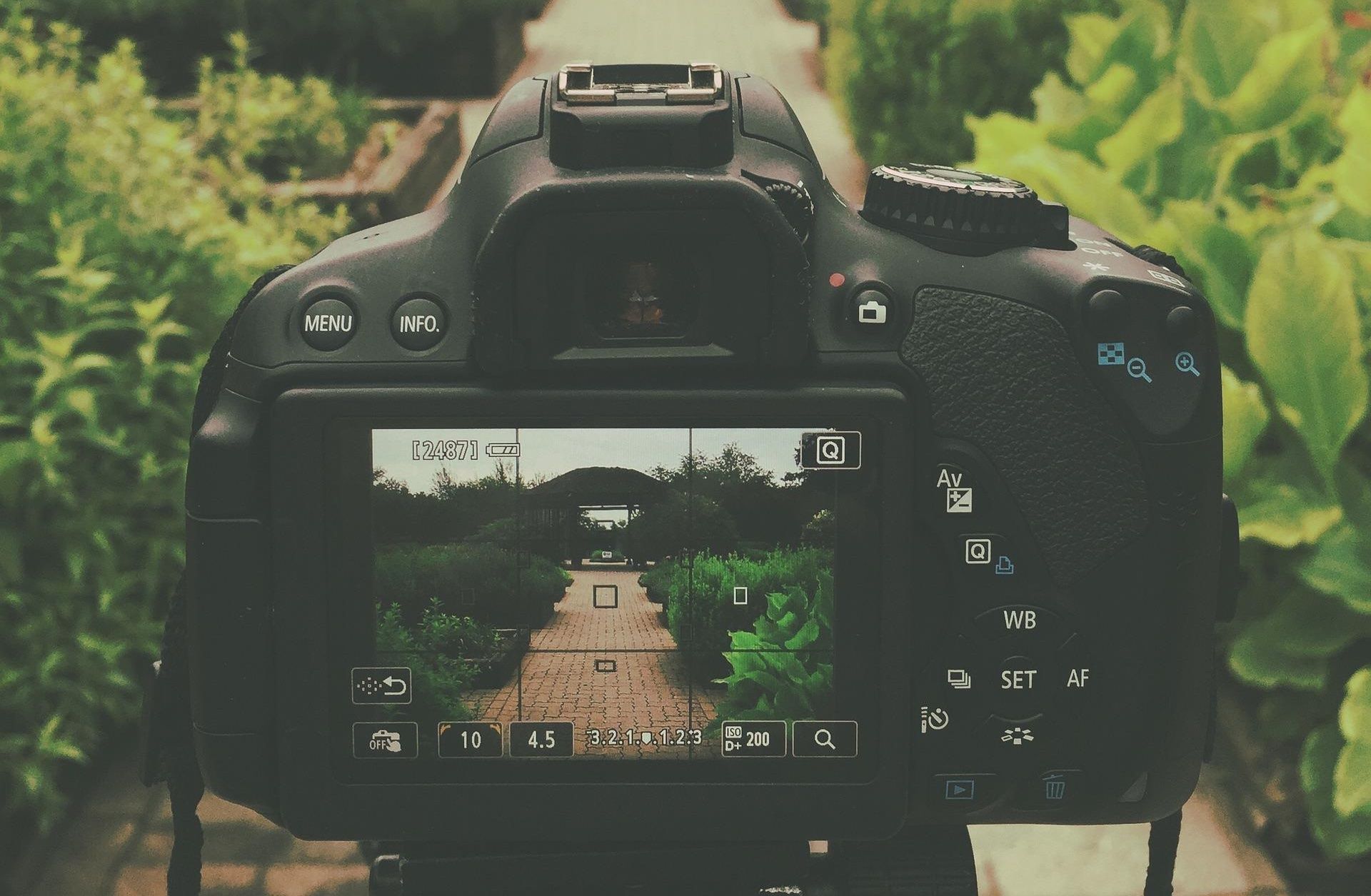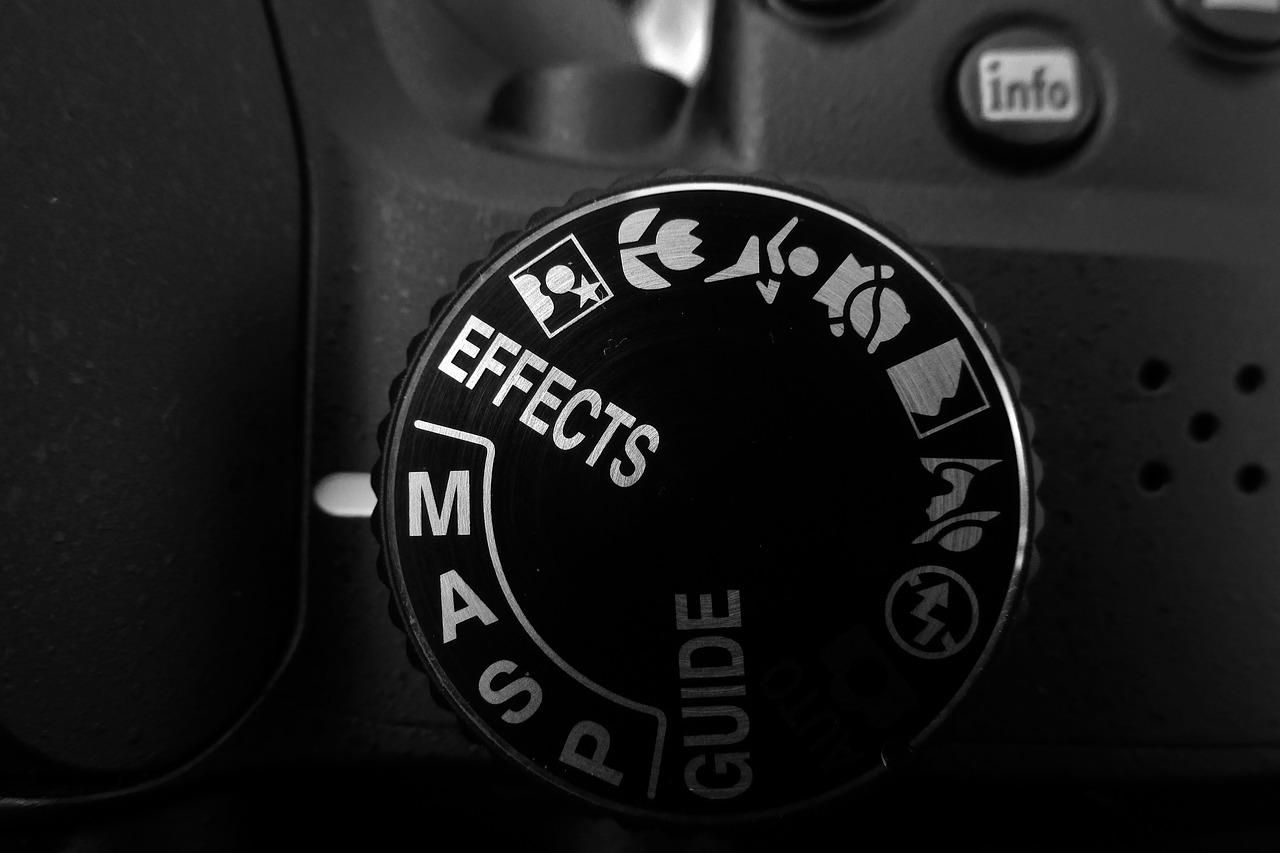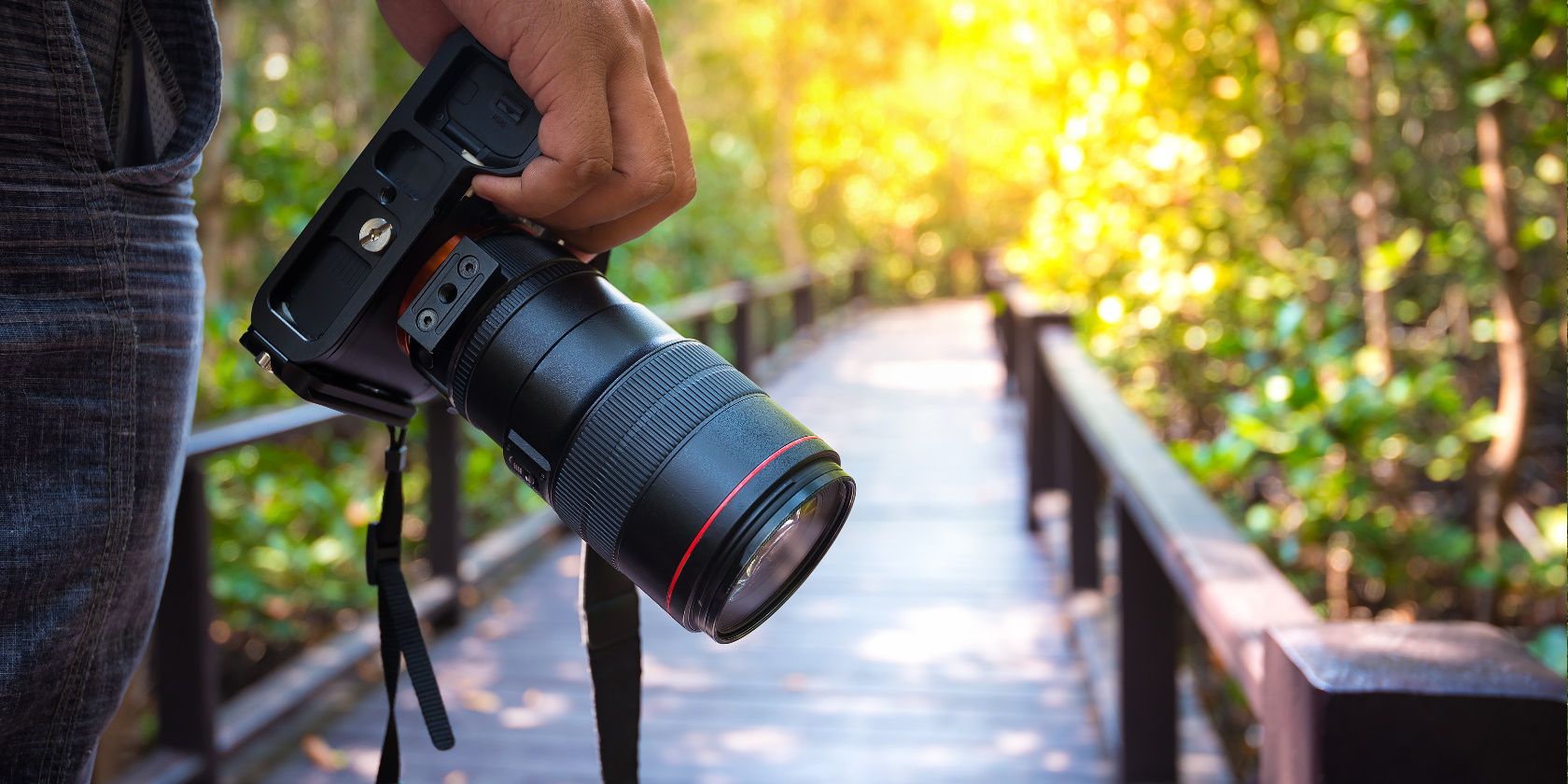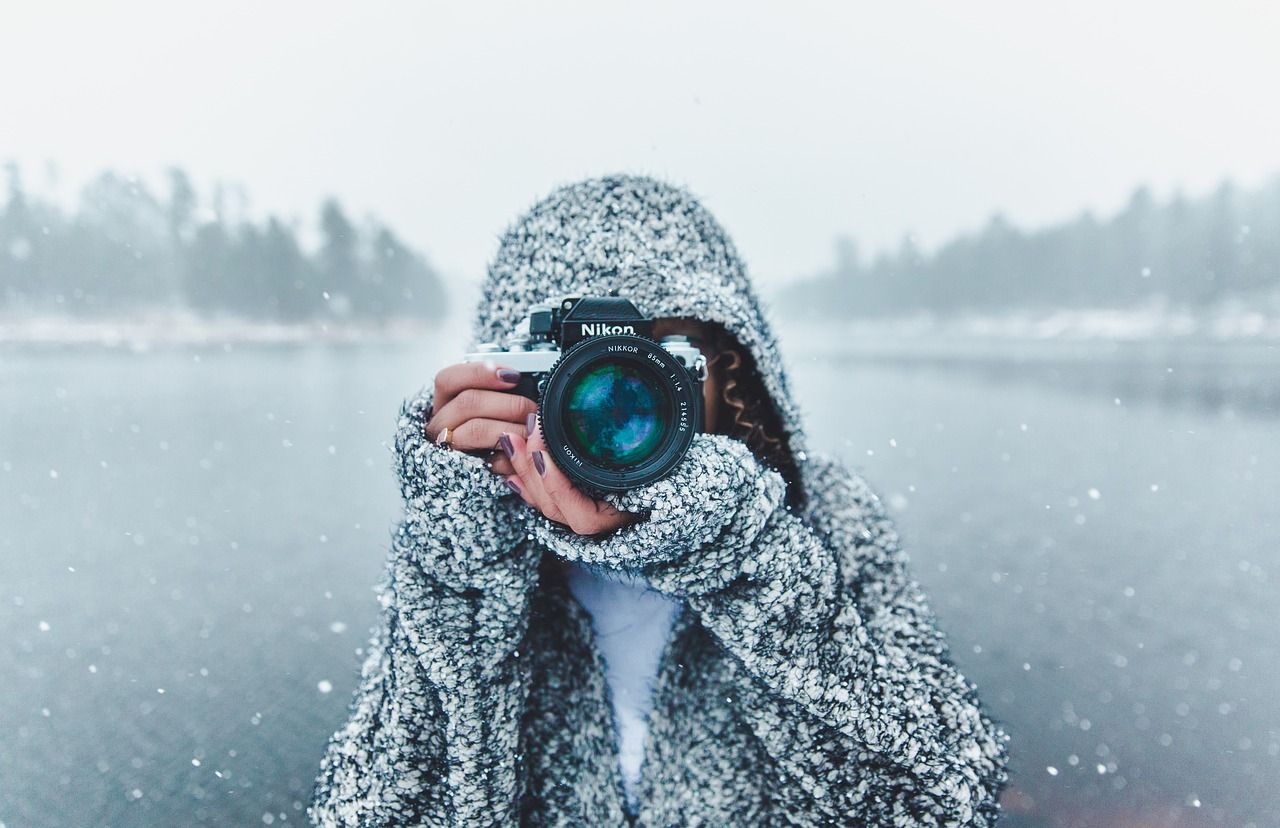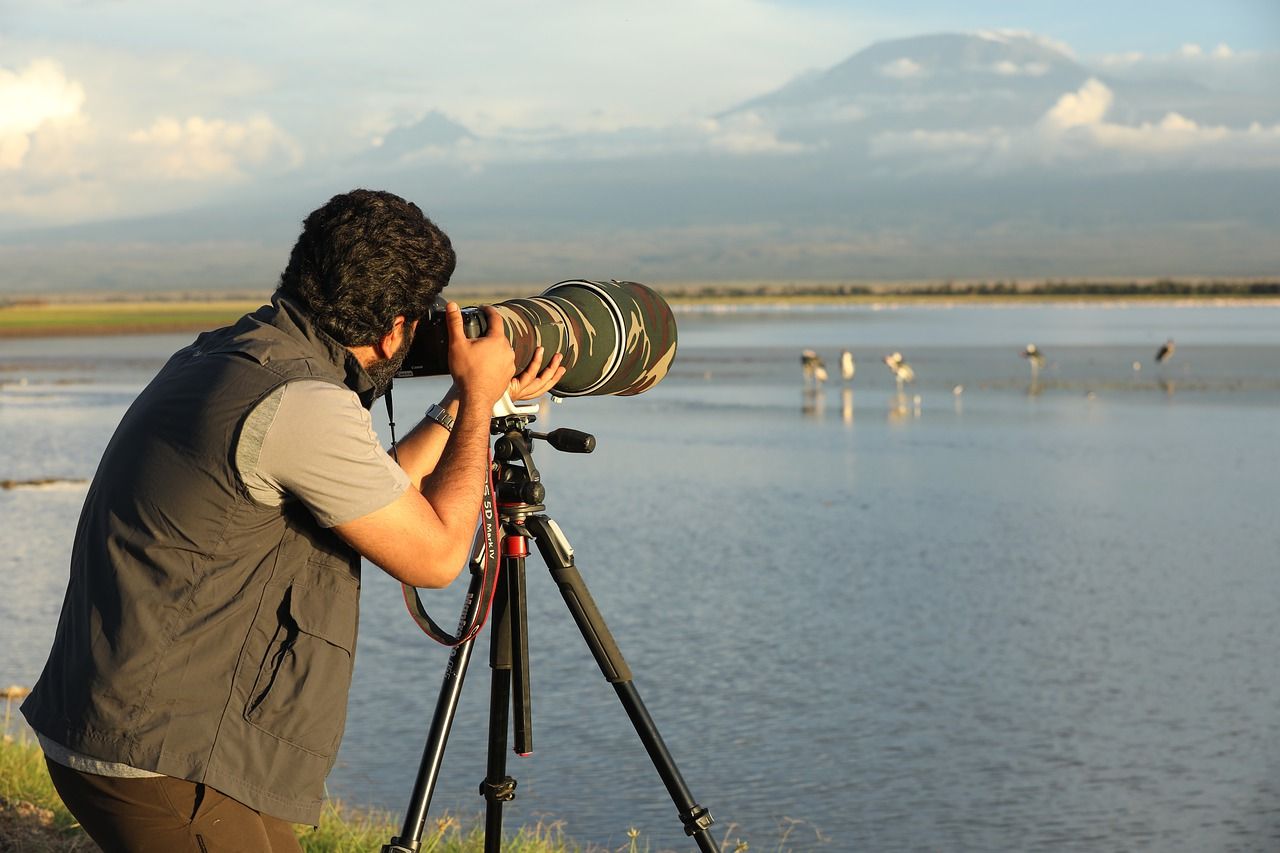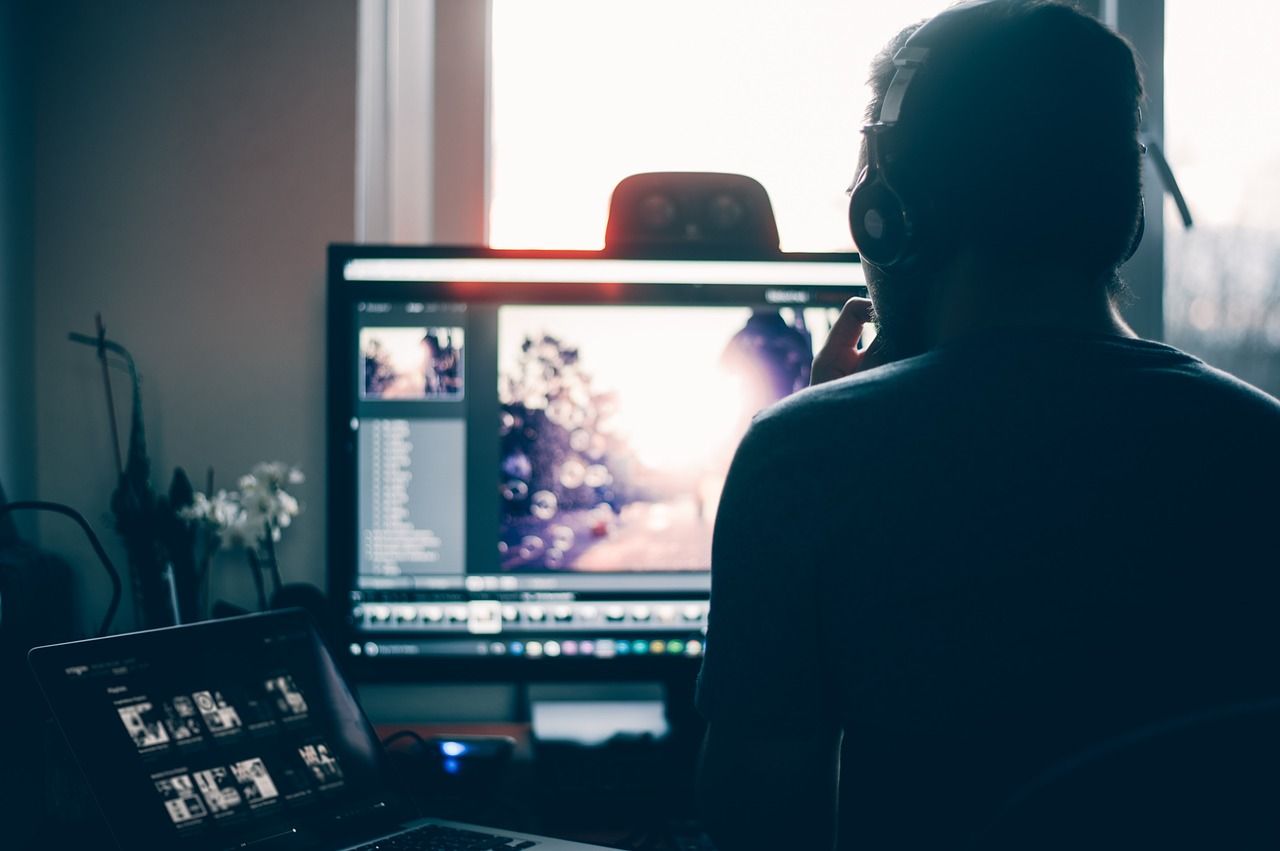Nature photography is probably the most effortless type of photography to start with. Chances are, you're already a nature photographer. Have you ever photographed a flower or natural scene? Then, you have already tried nature photography.
Anyone can take a picture of nature, but it takes hard work and grit to stand out. You should learn more about the natural world, get comfortable with your equipment, and be willing to try different techniques. More than that, you shouldn't be scared of failure.
That said, here are our tips for taking stunning nature photos.
1. Learn More About the World Around You
If you're picking nature photography because you can shoot random flowers and plants, think again. To be a successful nature photographer, you need to be an expert on what you're shooting. So, take time to learn about flora and fauna in your neighborhood.
With nature apps like iNaturalist or PictureThis, learning about nature is not very difficult. You can use these apps to identify plants and organisms. Then, you can research more about them and know their behavior and habits.
This practice will help you understand the best seasons and times to find a particular flower, plant, or animal.
2. Start With Inexpensive Equipment
When you don't get beautiful nature photos, it is easy to blame your camera's limitations. But the truth is, you don't need any fancy gear to shoot nature photos. If anything, things like composition or time of the day matter more.
Your iPhone or smartphone is a great tool to photograph the great outdoors. However, consider investing in a mirrorless or DSLR camera if you're serious about photography. Of course, you can buy a used one to start with. Here are some excellent reasons why you should buy a used DSLR.
The same goes for lenses too. Again, you don't have to spend thousands of dollars to buy a super zoom or ultra-wide lens. The 50mm lens is a superb all-around lens, perfect for nature.
3. Find a Variety of Subjects
The beauty of nature photography is that you can start as a general nature photographer and then transition into specialized fields like landscape, macro, and wildlife photography.
When you're out in nature, look for different types of subjects like flowers, birds, bugs, animals, and landscapes. If you work with various subjects, you will soon find a favorite. Then, you can invest in a specific item like a macro or telephoto lens based on your subject.
4. Know When to Go Out
If you know any basics about nature photography, you may have heard about the beauty of blue hour photography and golden hour photography. While it is true that your chance of capturing gorgeous landscapes, flowers, and animals is higher at dawn and dusk, midday is when the insects are active.
So, choose the time depending on your subject. Bring enough water and snacks with you so you will have the flexibility to stay longer if need be.
5. Learn Various Composition Techniques
The way you compose your scene can make the routine landscape or flower photo pop. Therefore, take some time to learn basic composition techniques like the rule of thirds, leading lines, symmetry, and the golden ratio.
Adding layers to your composition can give depth and dimension to your photos. For example, separate your scene into three sections, foreground, middle ground, and background. And find visual interests in the three sections to take impactful photos.
Feel free to add a human element to make your composition more powerful.
6. Try Different Camera Settings
Do you prefer the auto mode on your camera? While the auto mode is fine when you're a complete beginner, you will miss out if you continue using it. For instance, if you want smooth, dreamy bokeh, you must use other camera modes.
To start with, try aperture priority and shutter priority modes. Then, slowly transition to the manual mode, where all the fun is.
7. Go on Trails
Trying to take pictures in your neighborhood parks can quickly get boring. So, find a national park nearby to go on trails. Going to new places will help you see things differently and come back with many photos.
Remember to download the park's official app or try the AllTrails app. These apps will have maps of the trails near you, so you won't get lost in the forest. This is very important, especially if you're going alone.
It is also essential to follow the park rules and adhere to the leave no trace policy.
8. Dress for Success
You have to be comfortable when you're out and about photographing. It is a good idea to dress in layers, so you can add or remove them easily. Wear proper hiking shoes, and carry a hat or beanie, depending on the weather.
Be careful in cold weather—remember to keep your hands warm. Carry waterproof bags when you're in snow or rain.
9. Practice, Practice, Practice
Regular practice is one of the key things that will make you a confident photographer. Do not give up even if your photos are not up to the mark. Try to take as many pictures as possible, and understand what worked and what didn't.
You can also do a photography challenge—a 360-day challenge, taking photos based on colors or themes, and so on. Also, join a photo club or forum to learn tips and tricks.
Contributing to a stock photo website is also an excellent way to improve your photography. You may not make money immediately, but the review process will help you understand the technical requirements of a good photo.
10. Master Basic Photo Editing
This step is non-negotiable. You may not be ready to invest in photo editing software as a beginner photographer. But, you have to edit your photos to get a polished look. Watch YouTube tutorials and try free software like Gimp or Apple Photos to get started. Editing is sure to take your photos to the next level.
And make it a habit to shoot in RAW so you can have complete control over editing. In case you don't know, here is the difference between RAW and JPEG images.
Develop Your Photographic Eye With Nature Photography
Nature photography is fun, accessible, and doesn't need expensive gear. What's more, spending time outdoors is good for your body and mind.
You can get started with it right away. Make it an excuse to spend more time outside.

